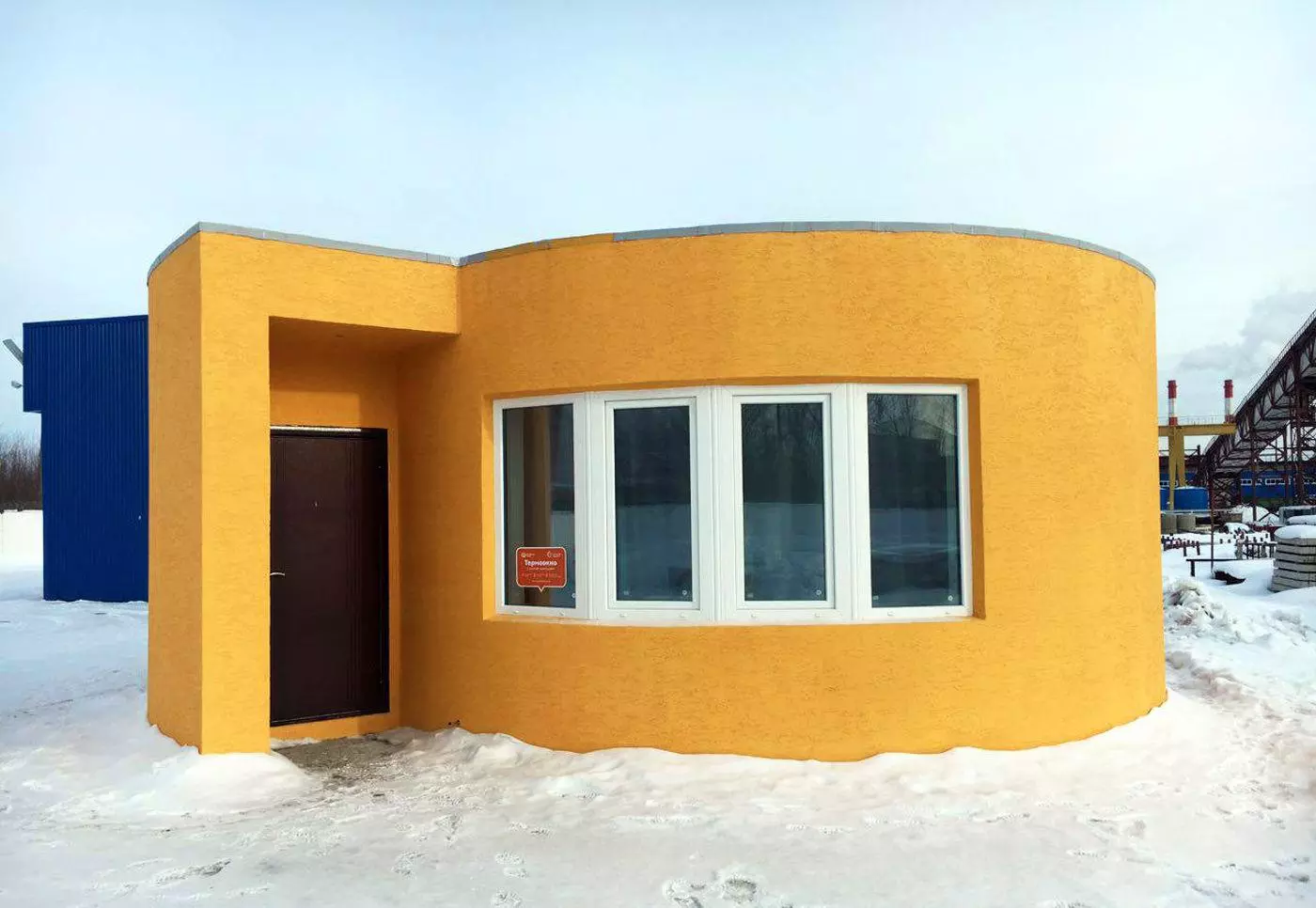Comments (2)
Eric Patton
Every technology has good and bad application. It cannot solve all problems.
Patrick Vargas
Revolutionary !!!!!!

One of the highlights of SXSW this past week was a cool 3D printer capable of creating a $4,000 3D printed house in 12-24 hours, a fraction of the time it takes for new construction. Creators of the printer plan to use it build a community of 100 homes for residents in El Salvador next year. Click here to watch a cool video of the 3D printer printing the home.
Use of tech in construction is nothing new. But this is one of the first time that tech – 3D printing in this case – has been used to create housing at such low costs. While $4,000 is anything but affordable for a homeless person, the possibilities it opens for non-profits and governments across the world to step in - and help – can be enormous. And that is exactly what the makers of this 3D printed house are hoping for. Their ultimate goal is solve the homelessness problem for the 1B homeless people worldwide, 544,000 of which are in the US, as per data from US News.
In the US alone, based on 2016 data, the government spends roughly $5.4B annually for Homelessness Assistance. 44% ($2.4B) of this assistance goes to HUD (Housing and Urban Development) – the department responsible to create new dwellings. Even if you had to print a home for each homeless person, the total cost would be $2.2B (544,000 x 4,000), well within the $2.4B assistance amount.
But to think that homelessness is just a home problem would be naïve. Providing the homeless with other amenities and services - like education, healthcare, transitional support, emergencies, justice, etc.- is equally, if not more, important. Not surprisingly, this is where the remaining 56% (or $3.2B) of Government’s homelessness assistance goes. And this is where technologies other than 3D printing can play a big role. While several technologies exist, I quote three that are promising:
A good way to reduce anything undesirable - including homelessness - is to first ensure it does not increase. And this is where predictive technologies like AI and ML come in. If – based on our personal information – these technologies can help marketers determine what we will buy and when, there is a pretty solid case to be made to use that same information to help planners determine who is at risk to become homeless and when. For example, if someone has been out of job for months and is behind payments or facing eviction, predictive analytics can help identify such at-risk population. Take early action. And hopefully prevent people from becoming homeless in the first place.
What if homeless people could safely express their needs via an app and local community members – like you and I – could raise our hands to meet them? The good news is such apps already exist. Severals apps like WeCount, GiveSafe, etc. allow such communication between homeless people and local donors. Such apps then match the donated items with those in need at specific pick-up sites.
One of the biggest challenges faced by homeless people is the exorbitant legal fees associated with public housing applications. What if customized bots could eliminate this fees for them? A Stanford student created exactly one such bot. Although it started as a way to help people get out of paying for parking tickets, it ultimately became a platform to provide homeless people free legal aid. The bot asks targeted questions to understand how to help people. It then drafts a claim letter saving people on legal fees that sometimes even the well-off cannot afford.
These are only a handful of ways tech is helping solve the homelessness problem. I can’t help but think though that it would take so much more of tech – and beyond tech – to even come close to solving it. And while the creators of the 3D printed home may not be able to solve it entirely, there’s no question their creation brings humanity one giant print – rather, step – closer to doing so.
Do you think tech can solve American’s homelessness problem? Why ? Or Why not? Please add in your comments below
Every technology has good and bad application. It cannot solve all problems.
Revolutionary !!!!!!
Nitin is the CEO of Mobile Doorman, a former Management Consultant at McKinsey & Company and Board of Trustees Member at the Naperville Public Library. He advises Company Boards, CEOs and BU heads on product strategy, growth and operations. He also has multiple US patents (5) for design and development of mobile, wireless and networking technology including a patent to extend smartphone battery life. Nitin holds a masters in Electrical & Computer Engineering from the University of Texas at Austin and an MBA in Marketing & Finance from the University of Chicago Booth School of Business.
Leave your comments
Post comment as a guest